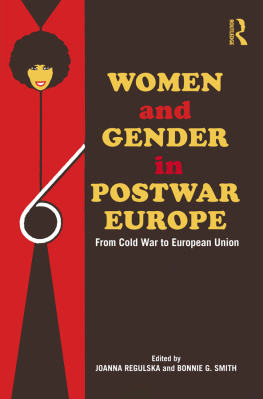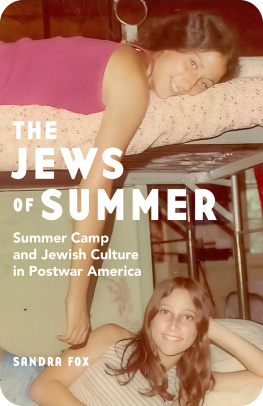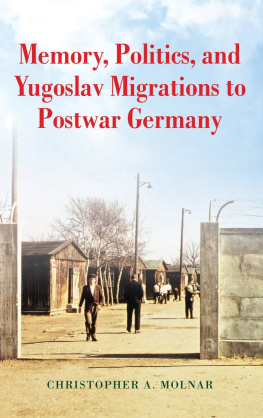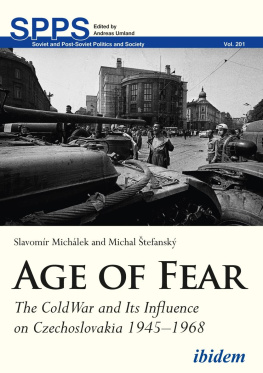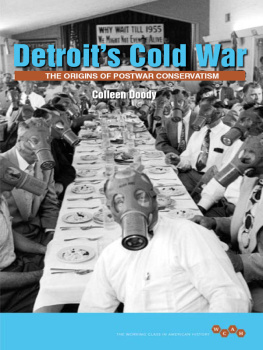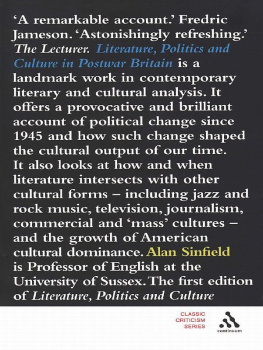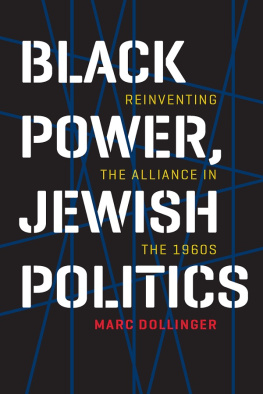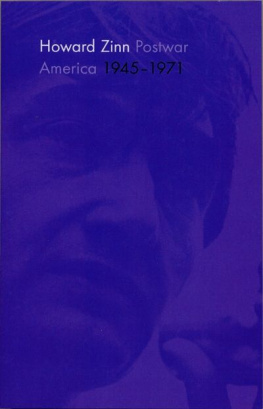2014 by the University Press of Kansas
All rights reserved
Published by the University Press of Kansas (Lawrence, Kansas 66045), which was organized by the Kansas Board of Regents and is operated and funded by Emporia State University, Fort Hays State University, Kansas State University, Pittsburg State University, the University of Kansas, and Wichita State University.
Library of Congress Cataloging-in-Publication Data
Holt, Marilyn Irvin, 1949
Cold War kids : politics and childhood in postwar America, 19451960 /
Marilyn Irvin Holt.
pages cm
Includes bibliographical references and index.
ISBN 978-0-7006-1964-1 (hardback)
1. Child welfareUnited StatesHistory20th century.
2. United StatesSocial policy20th century. I. Title.
HV741.H566 2014
362.70973'09045dc23
2013048670
British Library Cataloguing-in-Publication Data is available.
Printed in the United States of America
10 9 8 7 6 5 4 3 2 1
The paper used in this publication is recycled and contains 30 percent postconsumer waste. It is acid free and meets the minimum requirements of the American National Standard for Permanence of Paper for Printed Library Materials Z39.481992.
Introduction
In 1909, President Theodore Roosevelt sponsored the first national conference concerned with Americas youth, bringing together the countrys most prominent leaders in social reform and child welfare. Such an event seems unremarkable today. After all, in present-day America, it is generally assumed that political leaders and presidential administrations will take an interest in issues related to children and teenagers. It is taken for granted that any number of federal agencies and programs will affect youngsters lives. This, however, has not always been the case. In the not-so-distant past, presidents and lawmakers paid scant attention to any issue related to children and childhood, and with the exception of a few programs for specific child populations, federal agencies and bureaus were not in the business of evaluating childhood experiences or responding to the needs of children.
That began to change early in the twentieth century when Roosevelts White House conference led to creation of the U.S. Childrens Bureau in 1912. The bureau, which conducted studies used to support proposed legislation and which developed health-care programs for mothers and children, was the federal governments first recognition of not merely the rights of children, but also the need to create a permanent agency to at least study, if not protect them.upper-class children may have benefited by the very fact that the government recognized children as a presence, but they were not the intended targets.
This approach continued into the postwar years, but it was joined, and sometimes pushed aside, when monumental events such as introduction of the Salk vaccine or the Soviet launch of Sputnik produced a federal response that included all children. Reaction to a periodic crisis or issue did not open a floodgate of sweeping mandates or rapidly enlarge the federal governments role. Nonetheless, the mid-twentieth century was a turning point in state-to-federal relations and in increased federal action directly affecting children and teenagers. This set the postwar era apart from earlier decades, making the immediate years after World War II a distinct period in the history of children.
Nevertheless, in studies of children and childhood after World War II, the late 1940s and the decade of the 1950s receive short shrift. Scholars skim past those years on their way to the 1960s and beyond. While some policy analysis appears in such volumes as Reinventing American Childhood after World War II and in Children, Families, and Government, the immediate postwar years are not the focus. Studies of childhood history have approached the subject of government policies from various angles. Judith Sealanders The Failed Century of the Child, for instance, studies specific examples of state programs and their failure to deliver on their promises, while Kriste Lindenmeyers A Right to Childhood considers government involvement from the federal side, examining the shortcomings and achievements of the U.S. Childrens Bureau. These volumeslike broader narratives such as Steven Mintzs history of American childhood and Julia Mickenbergs analysis of the Lefts influence on childrens literaturepresent the postwar period as a small part of a larger story. The dearth of in-depth study and analysis is largely a result of the perception that the late 1940s and the 1950s were, in the words of one writer, a time of stagnation. From that point of view, the time was simply an unremarkable era, bracketed between the Progressive/New Deal programs before World War II and the explosion of federal mandates that began in the 1960s under President Lyndon Johnsons Great Society.
This characterization is misleading. A closer look reveals a pivotal period in which the federal governments role in issues related to Americas youth was hotly debated, periodically challenged, sometimes championed, and slowly expanded. By definition, politics is the act of influencing or guiding government policies, and those components of political action are readily apparent in the postwar era. Activism in the forms of national conferences sponsored by the White House and federal agencies, rigorous congressional debates and hearings, and presidents active involvement contributed to a national discourse. Politicians, policymakers, and the public talked about a myriad of topics that ranged from the benefits of physical fitness to foodstuffs contaminated by radioactivity to the dangers of comic books. Some of these discussions produced tangible legislative action or social policies. These, in turn, impacted the growing-up experiences of millions of youngsters. At other times, lawmakers considered and then rejected any course of action, providing instructive blueprints for limiting governments reach into childhood.
The political narrative and public discussion were driven by many forces. Television, urbanization, divorce, working women, and social integration were just a few. Some pressing issues, such as the immediate postwar housing crisis and its impact on families, reflected temporary problems and then faded into the background with time, but most of the issues affecting children were long-lived. Desegregation was a drawn-out process, and there was simply no easy fix for poverty or delinquency or child dependency. In that context, readers will find many of the topics as relevant today as they were almost fifty years ago. Some of the language and debates for or against certain courses of action sound eerily familiar, particularly when lawmakers and the public voiced opinions and offered solutions regarding aid to education, health care, and juvenile delinquency.


